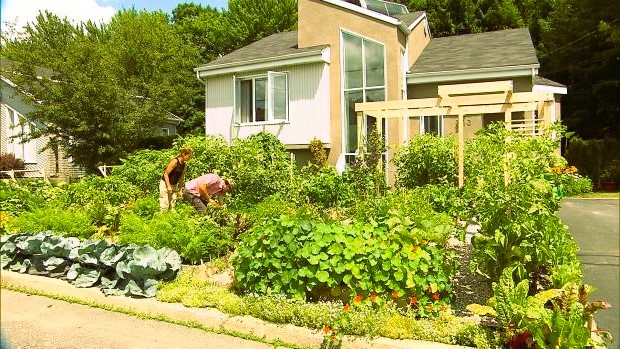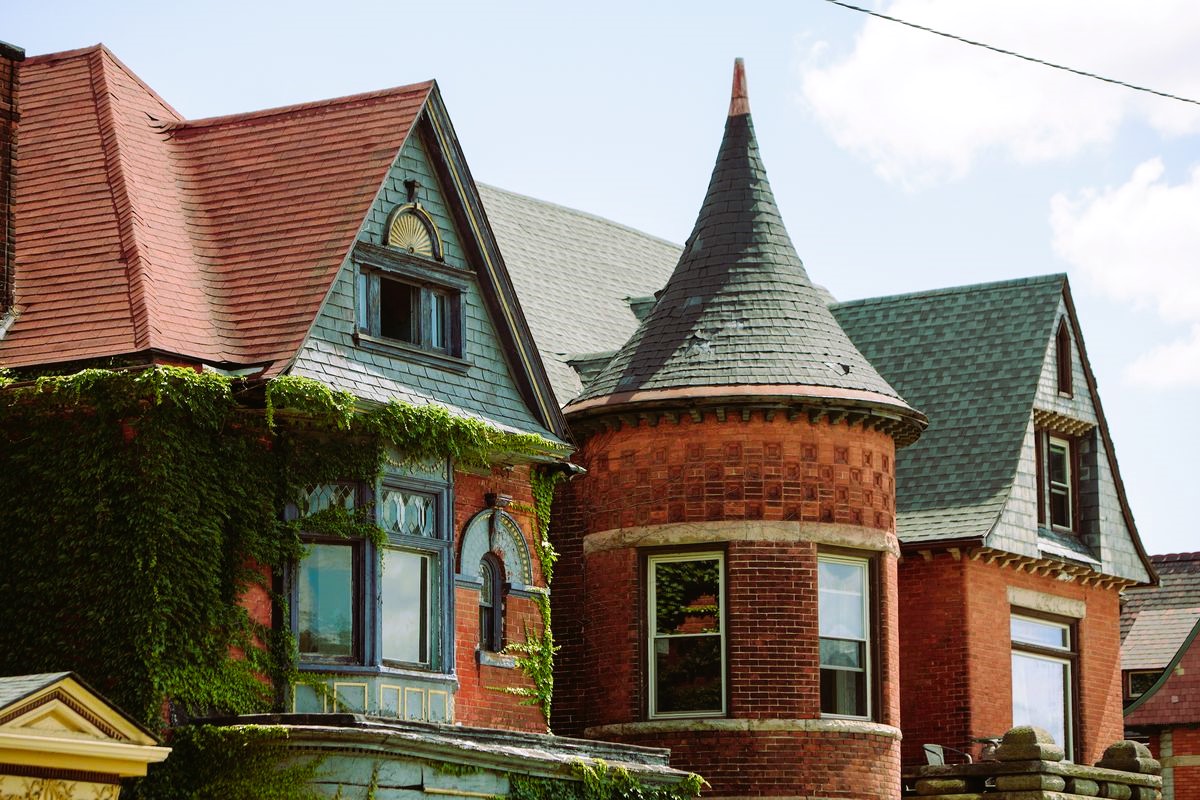As environmental consciousness continues to take center stage, Canadians are increasingly turning their attention to sustainable practices in various aspects of their lives, including landscaping. The concept of sustainable landscaping goes beyond mere aesthetics, emphasizing practices that contribute to environmental health and conservation. In Canada, government and local initiatives offer rebates to encourage citizens to invest in sustainable landscaping. This article explores the importance of sustainable landscaping, the benefits it brings, and how Canadians can take advantage of rebates to foster greener outdoor spaces.
The Essence of Sustainable Landscaping
Sustainable landscaping, often referred to as “green” or “eco-friendly” landscaping, involves practices that minimize the negative impact on the environment while promoting conservation and biodiversity. Key elements of sustainable landscaping include:
- Native Plants: Choosing plants that are indigenous to the region promotes biodiversity and reduces the need for excessive water and maintenance.
- Water Conservation: Implementing efficient irrigation systems, rainwater harvesting, and drought-tolerant plants help conserve water resources.
- Soil Health: Practices such as composting, mulching, and avoiding chemical fertilizers contribute to maintaining healthy soil.
- Wildlife Habitat: Creating spaces that support local wildlife, such as birds and pollinators, contributes to the overall ecological balance.
- Energy Efficiency: Incorporating energy-efficient lighting and equipment reduces the environmental impact of outdoor spaces.
Benefits of Sustainable Landscaping

- Environmental Conservation: Sustainable landscaping plays a crucial role in preserving and restoring natural ecosystems. By using native plants and avoiding harmful chemicals, individuals contribute to the overall health of the environment.
- Water Savings: Efficient irrigation practices and the use of drought-resistant plants reduce water consumption, particularly important in regions facing water scarcity or frequent droughts.
- Biodiversity Support: Native plants attract and support local wildlife, fostering biodiversity. This, in turn, contributes to the resilience of ecosystems and helps protect endangered species.
- Improved Soil Quality: Practices such as composting and mulching enhance soil health, promoting better plant growth and reducing the need for chemical interventions.
- Reduced Carbon Footprint: By opting for sustainable landscaping practices, individuals contribute to reducing their carbon footprint. This includes choosing energy-efficient outdoor lighting and minimizing the use of non-renewable resources. Restoration of historic houses in Canada, read about government discounts.
Government Rebate Programs for Sustainable Landscaping in Canada
Recognizing the importance of sustainable landscaping in achieving broader environmental goals, various levels of government in Canada offer rebate programs to incentivize citizens to adopt eco-friendly practices in their outdoor spaces.
Examples of Sustainable Landscaping Rebate Programs:
- Ontario’s Green Spaces Rebate: The Green Spaces Rebate program in Ontario provides financial incentives for homeowners who invest in sustainable landscaping practices. This includes rebates for the installation of rain gardens, permeable pavement, and native plant gardens.
- British Columbia’s Water-Wise Rebate Program: The Water-Wise Rebate Program in British Columbia encourages residents to implement water-efficient landscaping. Rebates are offered for the installation of rain barrels, drip irrigation systems, and the replacement of water-thirsty lawns with drought-tolerant alternatives.
- Alberta’s EcoAction Community Fund: Alberta’s EcoAction Community Fund supports community-led projects that focus on environmental sustainability, including sustainable landscaping initiatives. This fund provides financial assistance to groups undertaking projects that align with eco-friendly principles.
How Canadians Can Leverage Rebates for Sustainable Landscaping
- Research Available Rebate Programs: Start by researching the sustainable landscaping rebate programs available in your province or municipality. Government websites, such as Canada.ca, and local environmental agencies provide detailed information on eligibility criteria and the types of projects covered.
- Understand Program Requirements: Each rebate program may have specific requirements and guidelines. Ensure you understand the eligibility criteria, documentation needed for the application, and any deadlines associated with the program.
- Plan Your Sustainable Landscape Project: Before applying for rebates, plan your sustainable landscaping project. This could include choosing native plants, designing water-efficient irrigation systems, and incorporating features that support local wildlife.
- Document Your Project: Keep detailed documentation of your sustainable landscaping project, including receipts, plans, and photographs. This documentation will be crucial when applying for rebates, providing evidence of the eco-friendly practices you’ve implemented.
- Submit Your Rebate Application: Once your sustainable landscaping project is complete, submit your rebate application according to the instructions provided by the relevant rebate program. Ensure that all required documents are included to expedite the processing of your application.
- Stay Informed About Additional Incentives: In addition to government rebate programs, stay informed about other incentives offered by local utility companies or environmental organizations. Some programs may offer additional perks or discounts for sustainable landscaping initiatives.
Case Study: Transforming a Backyard in Quebec
To illustrate the impact of leveraging rebates for sustainable landscaping, let’s consider a case study of a homeowner in Quebec.
Background: A homeowner decides to transform their backyard into a sustainable oasis. The project includes the removal of a water-thirsty lawn, the installation of native plants and a rain garden, and the implementation of an energy-efficient outdoor lighting system.

Rebates Leveraged: The homeowner researches and applies for rebates available through Quebec’s sustainable landscaping program. They receive rebates for replacing the lawn with drought-tolerant plants, installing a rain garden to manage water runoff, and choosing energy-efficient outdoor lighting.
Benefits: The homeowner not only contributes to environmental conservation but also benefits from reduced water bills, lower maintenance costs, and a visually appealing, eco-friendly backyard retreat.
Conclusion
Investing in sustainable landscaping is not just a trend; it’s a conscious choice that aligns with the broader goal of environmental sustainability. By leveraging rebates offered by various Canadian government programs, individuals can actively contribute to creating outdoor spaces that are not only aesthetically pleasing but also environmentally responsible.
To explore more about environmental standards and initiatives in Canada, you can refer to the official website of the Standards Council of Canada (SCC): Standards Council of Canada.
In conclusion, as Canadians embrace sustainable landscaping practices, the availability of rebates serves as a catalyst for positive change. By greening our outdoor spaces responsibly, we not only enhance the beauty of our surroundings but also play a vital role in building a more sustainable future.






